A Q&A with HOK on how architects can explore strategies of engagement between designers and local communities.
Susan S. Szenasy, director of design innovation, Metropolis (SSS): At the heart of the city is its arts community, which engages with the built environment. This is key to today’s discussion, and future discussions, on how cities, people, and communities are working together to create texture in their cities. These big ideas are pursued well in Philadelphia. How are these different sectors coming together?
Beth Miller, executive director, Community Design Collaborative (BM): The work that I do at Community Design Collaborative is organizing architects and designers who volunteer their services to local neighborhoods and nonprofits that need their help. A community-engaged design process is very critical to making this a reality. In order to be relevant in your community, you need to understand what’s going on, and you need to participate in some way, whether that’s volunteering your time to projects or being on your city’s civic association board. We award about 20 design grants a year, which offer pro-bono preliminary design services to community-based organizations. The grants are responsive to their needs, so we tap into a volunteer network that’s super expansive and includes engineers, architects, planners, and graphic designers to work with the community, not for the community. There are times we present our volunteer firms with an opportunity and they may not be ready to afford it, but a no-go decision can be as valuable as a go decision because it builds stewardship, investment, and authentic engagement in a way that changes practice.
SSS: Karin, because you combine art and design with business, how are you involved in some of these special projects that Beth is working on, or would you like to be?
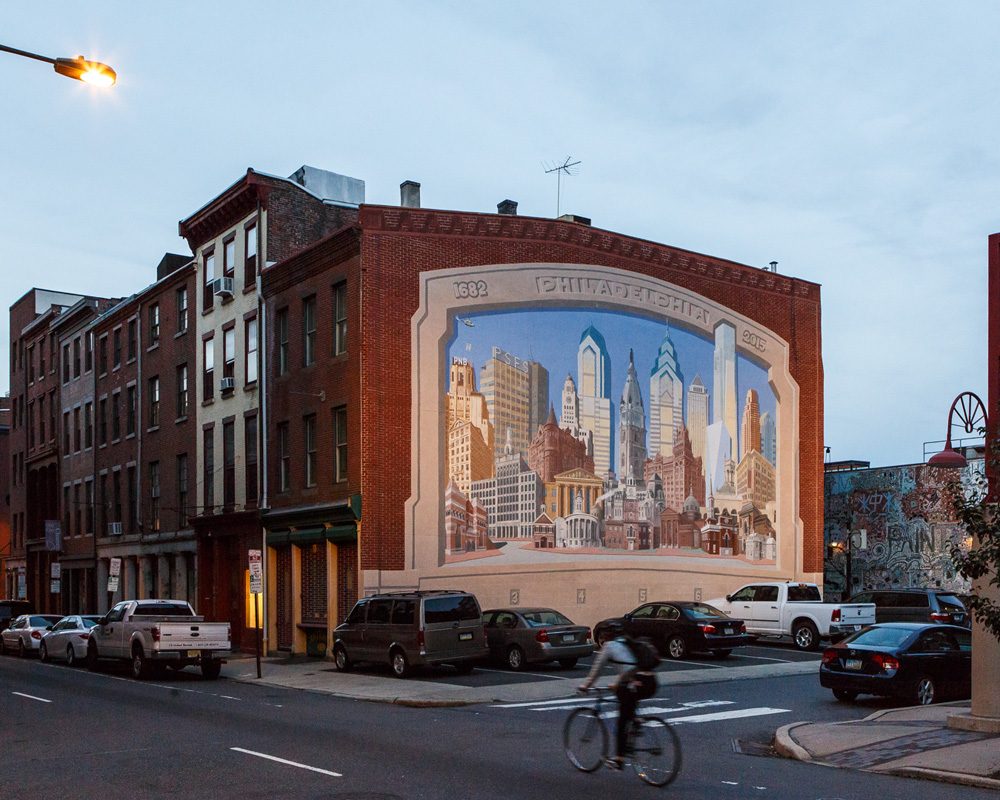
Karin Copeland, executive director, Arts & Business Council of Greater Philadelphia (KC): I would like to be. I was a formal industrial designer, so when I came to take over the Arts & Business Council of Greater Philadelphia, the idea of merging for-profit and non-profit arts and culture sectors has been on my mind. The national program started in the 1960s with the goal of attracting cities to people through the arts, which needed the support of businesses. Since 1982 when Philadelphia got its chapter, we’ve expanded the programming to include Business on Board, which trains business people to serve on boards of non-profit arts and cultural organizations in the greater Philadelphia region, and we’ve added other volunteer programs like Business Volunteers for the Arts, Philadelphia Volunteer Lawyers for the Arts, and Technology Connectors. The arts and culture community is benefitting from the business perspective and services, but we realized that business people were learning things like design thinking from working together with creative people as well.
Now there’s a lot of for-profit professionals like architects and interior designers serving on boards of non-profit arts and culture communities, when it used to be that no for-profit creatives ever went through that board program. That was really exciting for me.
SSS: We can’t escape it anymore. Design, architecture, business, planning—all of them are tied together. Going into the urban realm, I want to ask Jane Golden about the role of art in a community.
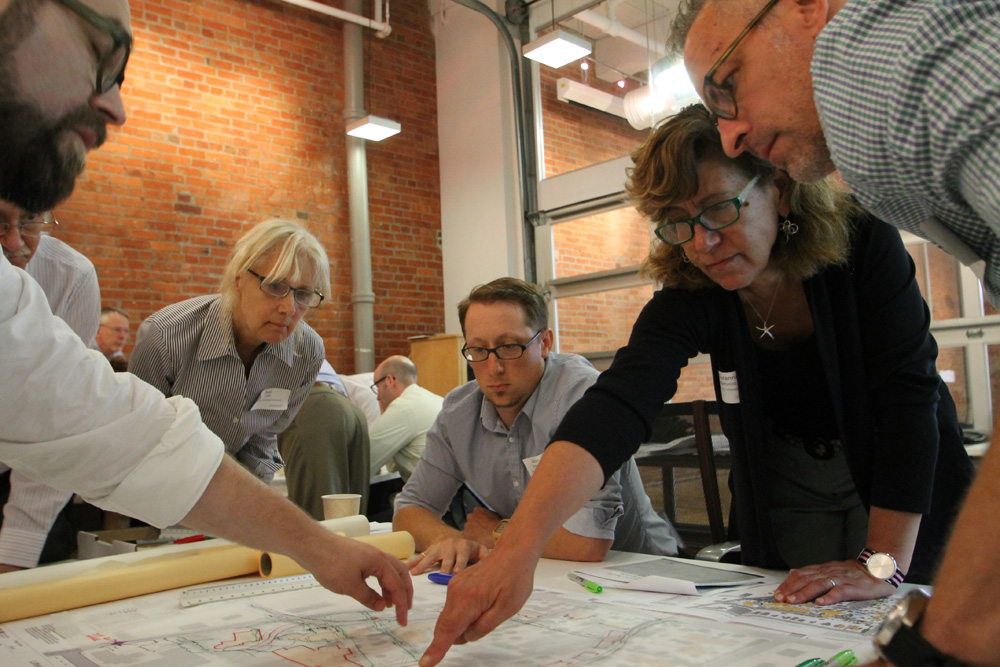
Jane Golden, founder and executive director, Mural Arts Philadelphia (JG): We believe that our communities are linked to social change, so when you think about mural arts, think about the intersection of the public, the private, the social, the civic, and the aesthetic. Public art should be rooted in the community wherever it’s located, which means that people have a stake in it. When we decide to make a new mural in a neighborhood, we already have gone through the process of talking to the people in that community as a group in order to figure out what people are thinking about and allowing those issues and ideas to bubble up. Our history in Philadelphia goes back to the late ‘80s and early ‘90s when people would consistently express that the only visual stimulation they had in their neighborhoods were billboards advertising alcohol and tobacco. No one ever asked what they wanted. But when you do ask, and then you actually act on it, it’s a sign that things can change, that people care, and that government could actually be really effective around art-making.
SSS: I think the fact that you ask people who live in these neighborhoods important questions is really key for all of us now because of the equity issue. In cities everywhere, there are new $10 million buildings, yet we can’t build affordable housing that.
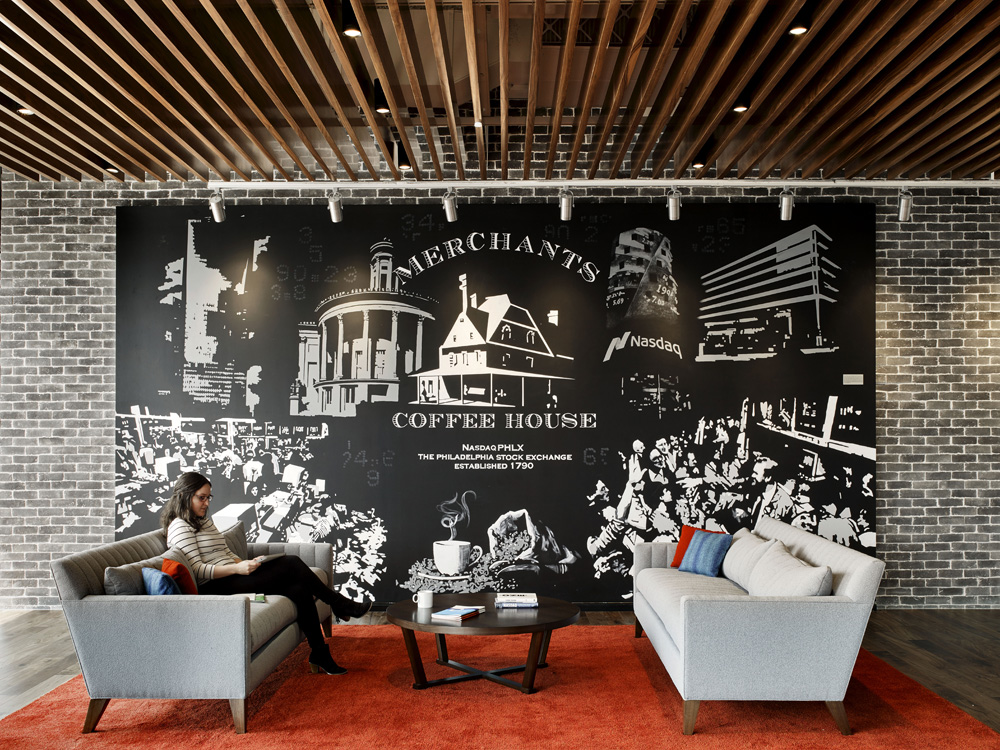
JG: We want to emphasize that diversity. We’re not only looking at the site of the mural. We bring in a team of designers and make a master plan. The design value architects bring is important to us especially in the sense of how to look at the surrounding area. It is essential if you want to build that quality. Context is everything.
Stephen Beacham, principal, director of design, interiors, HOK (SB): We’ve been using murals within several of our projects to help clients express what they want in the space, but what’s key is going back to what Beth was saying about designing with the community, not for them. When we look at a project and its urban context, we’re not commissioning a piece by an established artist that has no connection to the area when we could be tapping into the creativity of a local artist who is probably less-known and will create something that’s much more bespoke for the client.
SSS: There is also the issue of migration to cities and how this new group of people or companies coming into a city use space. The word authenticity comes up a lot when, for example, tech companies settle into old factories principally because it has that history and connection to Philadelphia. How does an architectural team look at the needs of this new generation of settlers?
SB: Philadelphia is made up of neighborhoods, each with a very unique character and culture. When you talk to people who have been rooted in Philadelphia for a long time, they’ll describe their neighborhoods with great detail. A neighborhood may be four blocks, but within each block there’s a different mini-neighborhood. The culture that seems to be coming back is just that—there’s a desire for smaller businesses and localized culture within the area. As architects, we are looking at creating environments that support that local fabric rather than trying to impose a whole new vocabulary onto the area. With an older building, we explore how we can convert its use and expand its architectural potential while still maintaining the fabric it contributes to.
BM: Those buildings speak to Philadelphia. We saw it with the Eastern State Penitentiary, which used to be a prison and now is part of the local community and history of Philadelphia and features installations inside. A lot of collaborative and proactive design initiatives in Philadelphia have been about looking at this historic fabric that we have and thinking about how to repurpose underutilized space. I thought of the phrase, “selective subtraction” as a way to look at the work it takes done to keep an area authentic but still in use.
KC: I actually love that there’s all these festivals and experiences in the surrounding area outside of the Eastern State Penitentiary. It’s added to that community in a really fascinating way.
JG: In that vein, I love what Community Design Collaborative does. What’s so powerful about what you do is that you unleash possibility for people. People are looking at space and they’re not sure what to make of it, and suddenly they see something that your group has done and they realize new possibilities. One idea leads to something else. I believe that civic space is best when it’s generative.
SSS: This kind of social involvement of architecture is a really key national conversation, and I just want to ask what are you hoping for in terms of maintaining this engagement?
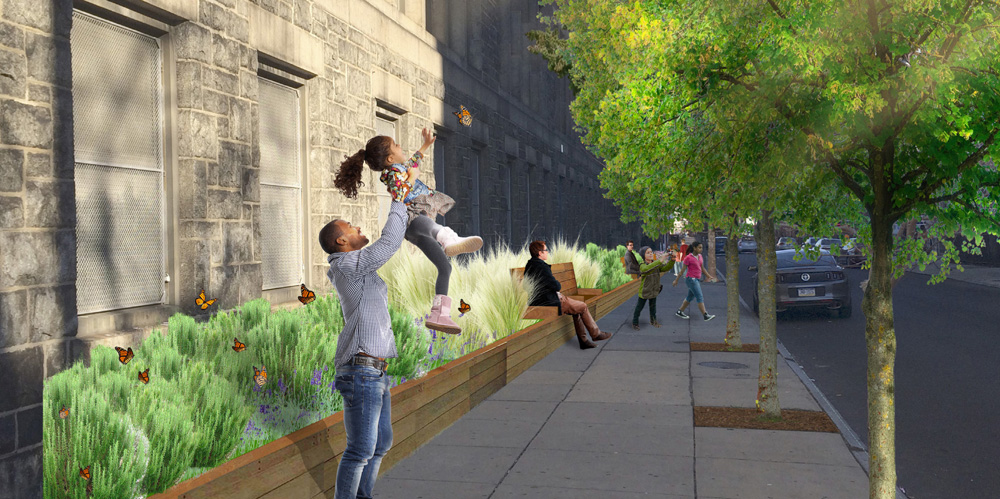
SB: One of my passions is making sure that the next generation of architects and designers are as passionate about their field as I have been. One of the ways we do that is by providing resources to our architects such as the time and impetus to explore and expand beyond their field—to bring in groups from either within or outside the architectural industry. As a firm, we’re also invested in future architects through our HOK Futures Design Challenge for architecture and interior design students, and we also participate in the ACE Mentor Program with high school students who may not even decide to pursue architecture. The program is valuable because it allows them to understand what architecture is as an industry and how we work collaboratively and creatively within groups. Our goal is to do more outreach, whether it’s within our profession or outside of it. We love what we do, but we don’t do it in a vacuum.
JG: I think in a similar way we try to uplift our artists. We employ tons of artists every year, but we want to create pathways for young artists, women artists, and artists of color. We’re also partnering with developers to create a line of risk capitals so we can test new ideas in our art education programs. The whole notion of this collaborative work between design and communities is project-based learning. Can you have an idea, test it, and bring it into fruition? Art can come in and be a powerful tool for that kind of engagement.
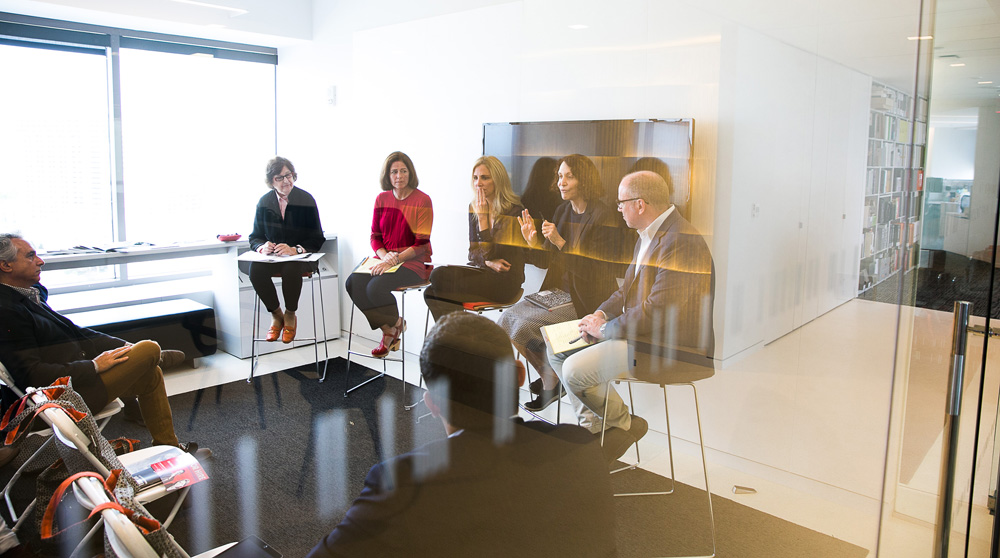




Recent Comments